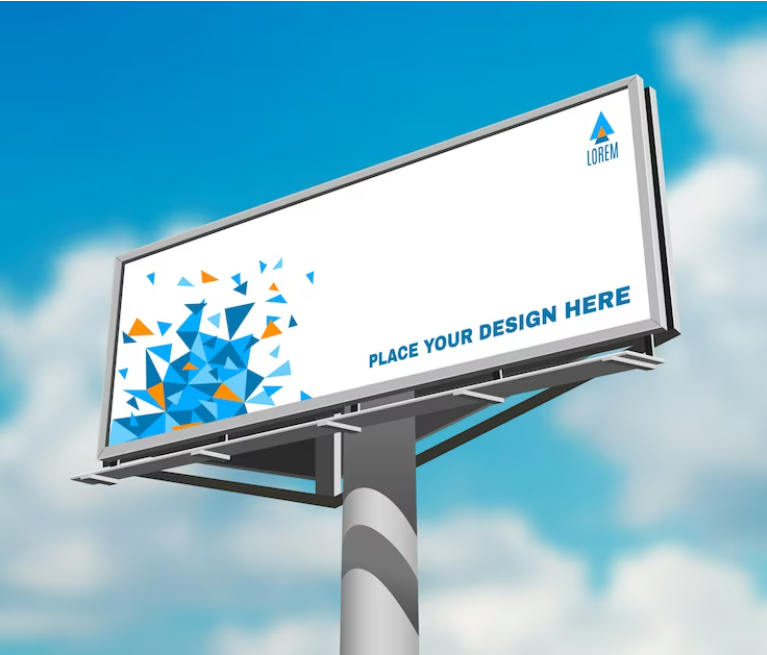About The Client
Our client is a leading provider of digital billboard services, revolutionizing outdoor advertising with cutting-edge technology. With a commitment to innovation and quality, it empowers businesses to captivate audiences and drive their messaging with dynamic and impactful digital displays. As a trusted partner in the advertising industry, Watchfire continues to redefine the possibilities of outdoor advertising in the digital age.

Quality Management Challenges
As our application evolved, we encountered significant challenges in maintaining quality assurance across various navigations. A major pain point was the tight coupling of XPaths with our test cases. This meant that each time the application underwent a new deployment or even minor changes, we found ourselves in a daunting cycle of script modifications. This not only consumed a considerable amount of time but also led to a substantial waste of effort, making maintenance a challenging and frustrating task.
Business Challenges
The display content was supposed to be working across various resolutions which required detailed quality check procedures to ensure the visuals were crisp and legible. The scheduled content display needs to be validated for accuracy at designated times. Ensuring compatibility with various content types (images, videos, animations) and formats adds complexity to testing, as each must be verified for proper rendering. Some billboards serve as emergency notification systems. Testing these features for reliability during critical situations is paramount. Confirming that paid advertisements are displayed correctly and in compliance with contracts is essential for billing accuracy and legal reasons. Furthermore, they must adhere to local regulations, including brightness levels, content restrictions, and safety standards. Ensuring compliance through testing is vital. Protecting billboard control systems from cyber threats is crucial to prevent unauthorized content changes or system disruptions.
Solution
We employed automated testing frameworks capable of simulating various display resolutions. These tools verified content rendering at different resolutions to ensure it remained clear and legible. Automated tests were set up to validate content scheduling accuracy. This involved comparing scheduled display times with actual display times and triggering alerts for any discrepancies. Utilizing remote testing tools allowed us to access and test billboards in real time, even from distant locations, streamlining maintenance and troubleshooting. Automated tests were developed to evaluate the responsiveness and accuracy of interactive features like touchscreens, verifying they functioned as intended. Automated compliance checks were conducted regularly to ensure billboards adhered to local regulations, brightness levels, content restrictions, and safety standards. We set up robust alerting systems within our monitoring solutions to detect issues promptly, allowing for immediate intervention. Automated cybersecurity tests continuously evaluated the security of billboard control systems, identifying vulnerabilities and mitigating cyber threats proactively.
Significance Of POM and Tear-down method
Adopting Page Object Model (POM):
- POM introduced a clear separation of locators (XPaths) from test scripts, enhancing automation efforts.
- It provided a structured approach to interact with elements and define how interactions occur.
Importance of the Tear-Down Method:
- The tear-down method emerged as crucial for efficient test data management.
- It prevented data duplication and resolved issues stemming from accumulated data.
Implementation of Tear Down:
- A structured tear-down method was implemented, ensuring clean test data after each run.
- This practice maintained a pristine testing environment, eliminating data-related problems.
Benefits of Automation:
- Automation played a pivotal role in identifying UI and functional bugs during suite runs.
- This early bug detection significantly benefited development and testing teams.
Conclusion and Best Practices:
- Adoption of POM and structured tear-down is a fundamental pattern for efficient scripting and test case maintenance.
- Weekly suite run reports are shared across the team to monitor module status and track open bugs.
- It fosters team alignment and serves as a long-term solution for streamlined testing.
Validation and RPA Automation:
- Effective scripting was employed to validate billboard schedule displays.
- Automation tools and RPA were instrumental in checking displays across different resolutions.
- Early bug detection through automation empowered both developers and testers to address issues promptly.
This refined version emphasizes the technical aspects and best practices while maintaining a concise and structured format.
Codenatives brings extensive expertise to the table when it comes to managing complex quality assurance processes through our advanced automation toolkit. Our team takes pride in its in-house testing experts who possess deep domain knowledge and technical proficiency. Furthermore, we extend our knowledge-sharing through training services, empowering our customers to master our comprehensive testing toolkit
